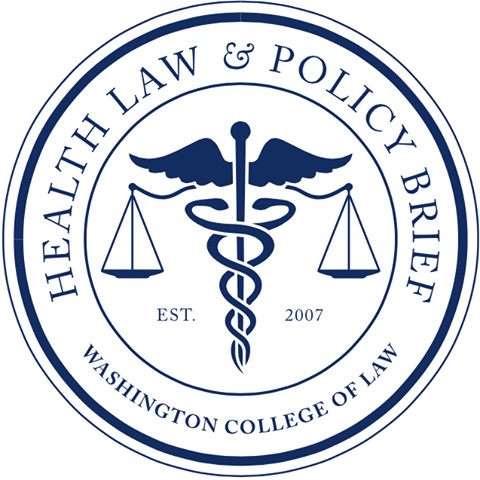The medical standard at Immigration and Customs Enforcement (ICE) detention facilities has become highly contested as more detainees are coming forward. In 1995, there were 6,785 immigrants being detained nationwide. As of 2013, this number rose to 34,000. Additionally, the annual cost to detain immigrants is above 2 billion according to the National Immigration Forum. However, the increasing number of detainees and the hefty cost of funding is not positively reflected in the medical treatment afforded this group. As the number of detainees continues to rise, concerns about medical treatment follow. Because ICE detention facilities do not have effective or enforceable health standards, detainees are being denied necessary and sometimes emergency medical care.
Although ICE officials have agreed to provide immigration detainees with constitutionally adequate levels of medical care, they have fallen short of this goal. Instead, detainees are faced with issues such as waiting weeks or months to receive medical treatment and dealing with great distances between the facility and urban areas (making trips to hospitals or physician specialists difficult). The Detention Watch Network has noted that, out of the 250 detention centers none can guarantee basic medical care. Because of these standards, a detainee did not receive the proper medication or treatment for his type 2 diabetes. As a result, his health quickly deteriorated and he suffered kidney damage, a heart attack, and he eventually went blind.
Currently, many cite the due process clause, the 2000 National Detention Standards (NDS), and the 2008 Performance Based National Standard as governing law for medical treatment standards within ICE detention facilities.
Under the due process clause, immigration detention is not a part of the criminal justice system. Therefore, detainees are not entitled to the full panoply of due process rights afforded criminal defendants. Also, detainees are not serving time; instead they are a part of the removal process to determine deportation. The aim of their placement in these facilities is to prevent immigrants from absconding during their immigration proceedings.
The 2000 (NDS) is the initial governing principle for the medical treatment of detainees. The NDS states, “immigrants in all facilities must have access to medical services that promote detainee health and general well-being, including initial medical screenings for mental illnesses within the local community”.
The standard was expanded in 2008 to include a performance-based format. This format would ensure access to medical treatment. Specifically, this would mean that detainees have the right to “access to emergent, urgent, or non-emergent medical care and access to mental healthcare within the Division of Immigration Health Services (DIHS).” The hope was that the expansion will ensure that detainee health care needs are met in a timely and efficient manner.
Unfortunately, the 2000 NDS was not very enforceable. Although it claimed to protect a detainee’s medical needs, in practice, it did very little. This standard prompted detainees to fill out medical attention slips; however, filling out the slip did not guarantee: (1) that the detainee would be seen by a physician, (2) that if care was received the medical issue would be solved, (3) that the detainee was guaranteed a follow up appointment, or (4) that the detainee may ask for a second opinion if he/she disagreed with the physician’s suggestions. Not only was the process to receive medical attention uncertain, but medical screenings were delayed as well. Medical screenings covered exams for determining potential mental problems and suicide risks. These screenings are done for imminent health problems that are. However, under the 2000 NDS standard it could take up to two weeks before a detainee was confirmed to have a mental ailment or suicidal thoughts after being examined. This also applied to detainees who had been pre-diagnosed and who had received treatment prior to entering into the facility. In sum, the 2000 NDS resulted in unfavorable outcomes and delays.
These inefficiencies were addressed in the 2008 expansion. For example, the wait to hear back about a medical request once the medical attention slip was completed decreased from several weeks to 48 hours. However, this change was only implemented in facilities that choose to allow detainees to fill out medical attention slips. Additionally, medical exams for mental disorders and suicide risks were similarly enforced. A DHS report on five facilities found that only one complied with the health screening requirement and only three complied with the physical exam requirement. Therefore, these 2008 changes would only be effective in facilities that choose to enforce these new standards.
In sum, the conditions in ICE detention facilities in terms of medical treatment are far from feasible. The amount of deaths that arise from negligence and delays in medical care show how the healthcare system has failed some of the most vulnerable among us.
